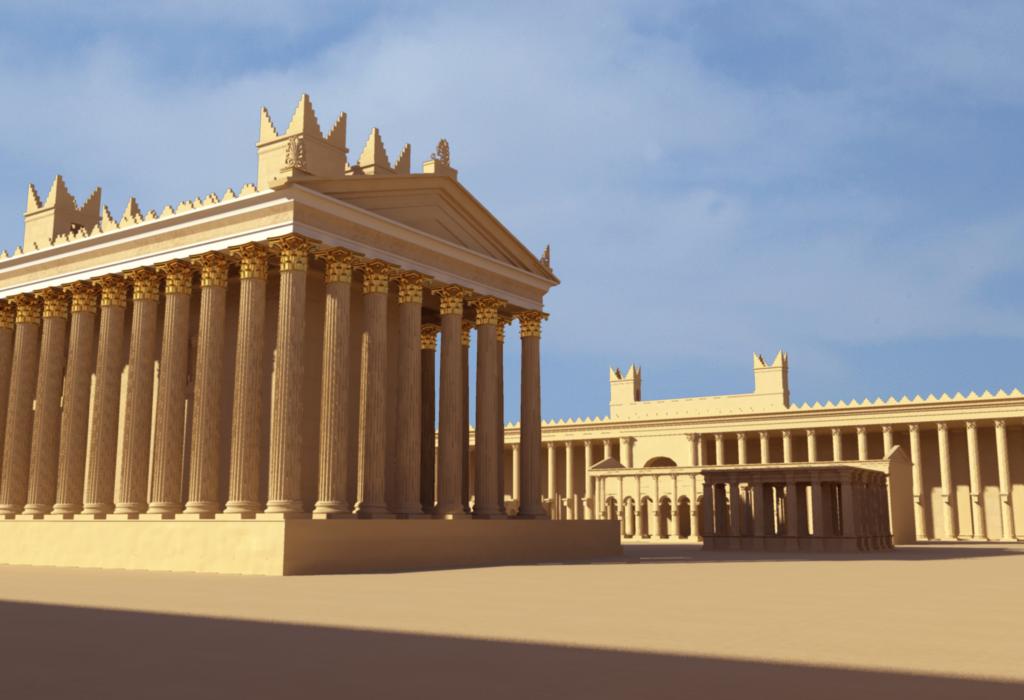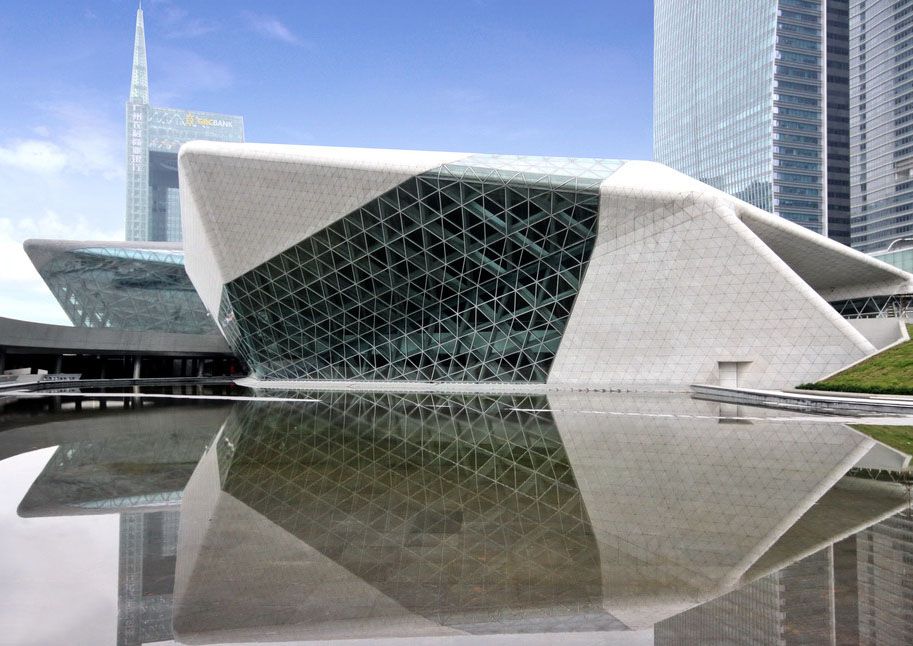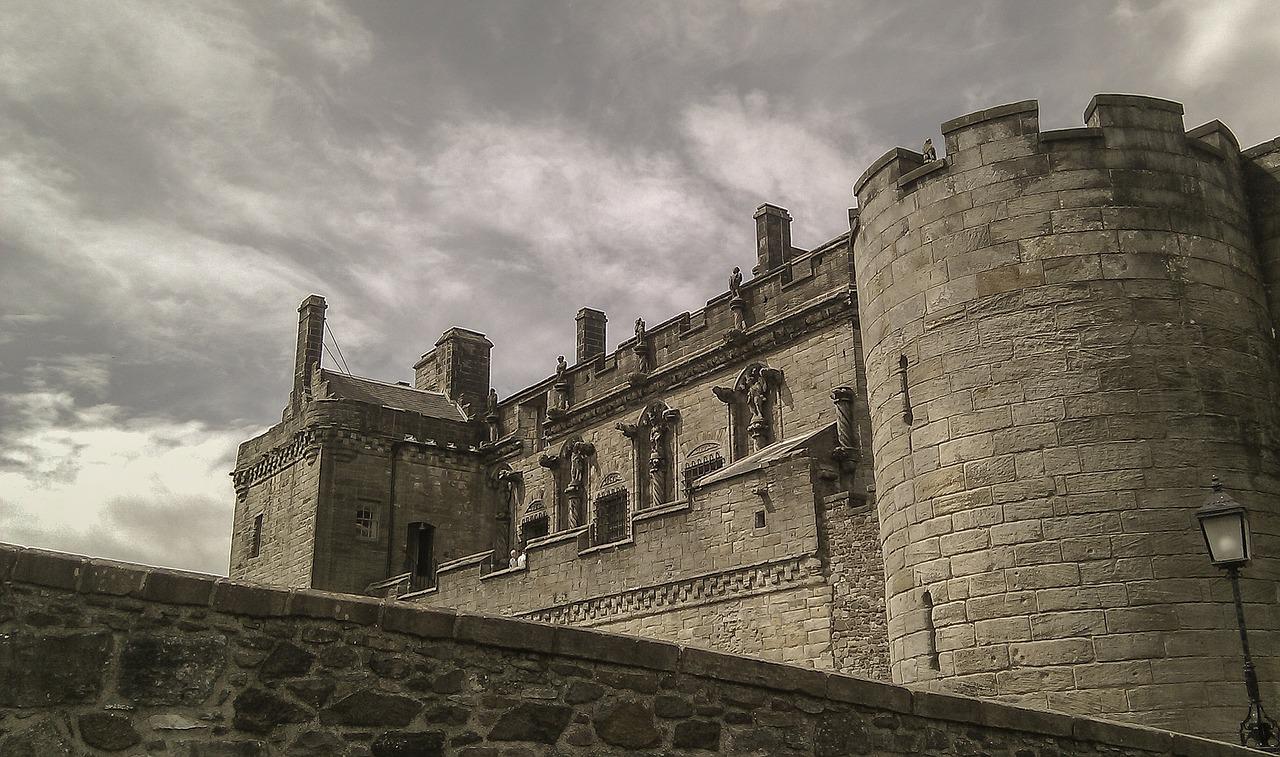#NEWPALMYRA Rebuilds Ancient Culture with Digital Tools, making it an open source project where people can contribute. The idea is to share data, code and art for the past, present and future of Palmyra, as they put it.
The project also means that building conservation has reached a whole new level with its philosophy of allowing contributions from the public – which can consist of conservation specialists, historians, anthropologists and other skilled professionals -, we can now see other ancient structures getting a fresh makeover to restore their former glory.
“For millennia, the ancient Syrian city of Palmyra was a vital crossroads of trade and culture. We are hearing the senseless destruction of this archeological treasure by ISIS as a clarion call for the world to celebrate the cultural heritage of Syria,” said Barry Threw, Executive Director of #NEWPALMYRA. “By sharing data and encouraging its use in creative explorations we hope to promote cultural understanding.”
The archives will launch with models based on the 3d virtual reconstruction of Palmyra started by Bassel Khartabil, a Damascus-based technologist and community organizer, and originator of #NEWPALMYRA. “Palmyra is the most important archeological site in Syria,” says Khartabil, “We hope that by honoring its memory with a virtual site of collaboration we can build a new community and highlight the plight of the Syrian people.”
Preservationists are trying to maintain the ruins of Palmyra legacy by digitally replicating the individual structures of the ancient city in as close to their original form as possible. #NEWPALMYRA invites contributors of all sorts to bring their knowledge and expertise: 3D modelers, archaeologists, artists, curators, software developers, educators, journalists, researchers, wikimedians.
“Right now we’re trying to keep the focus on Palmyra and trying to get our poor friend out of jail and released so that he can be an active contributor to this project again. If that were to happen, then there are a whole number of ways that this can expand” Barry Threw told Architect Magazine.





Leave a Reply
Want to join the discussion?Feel free to contribute!